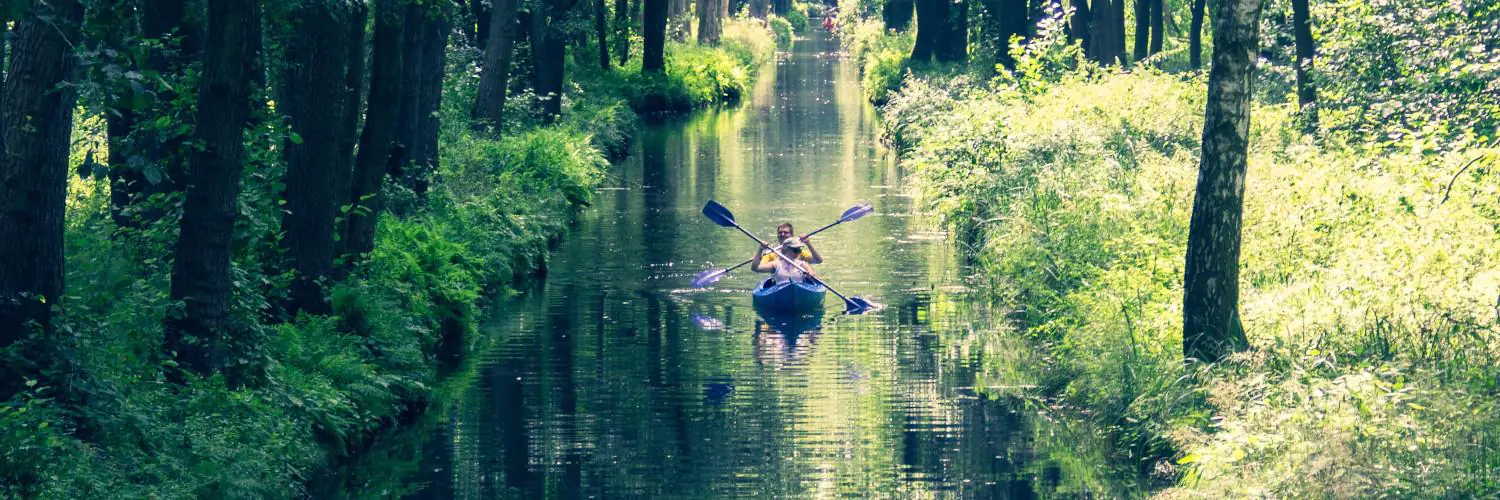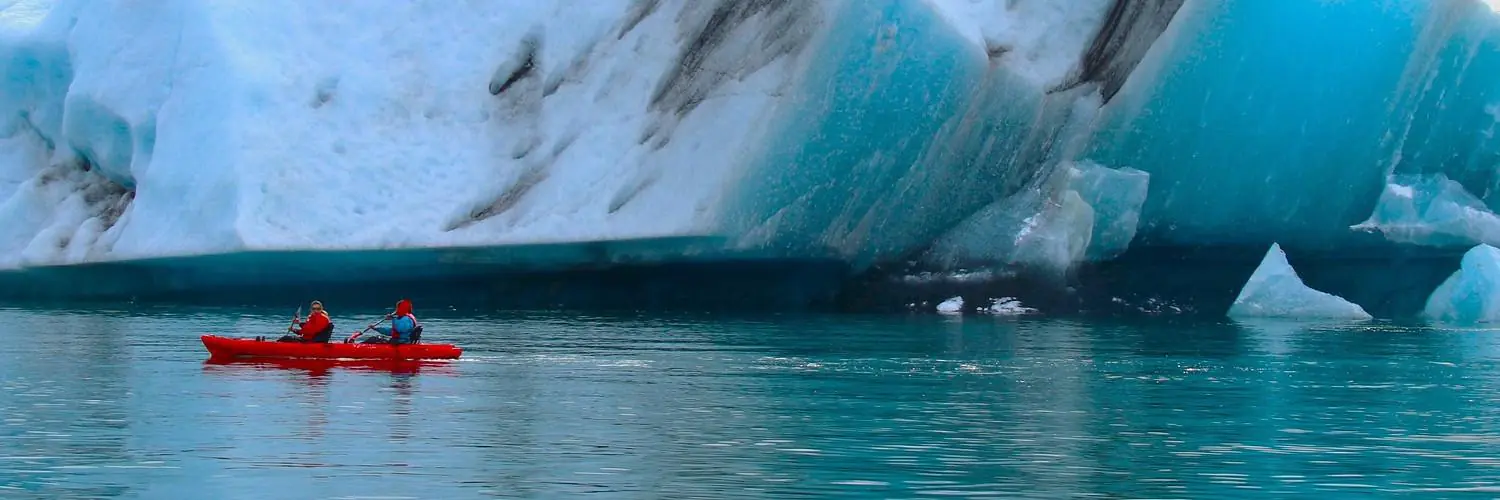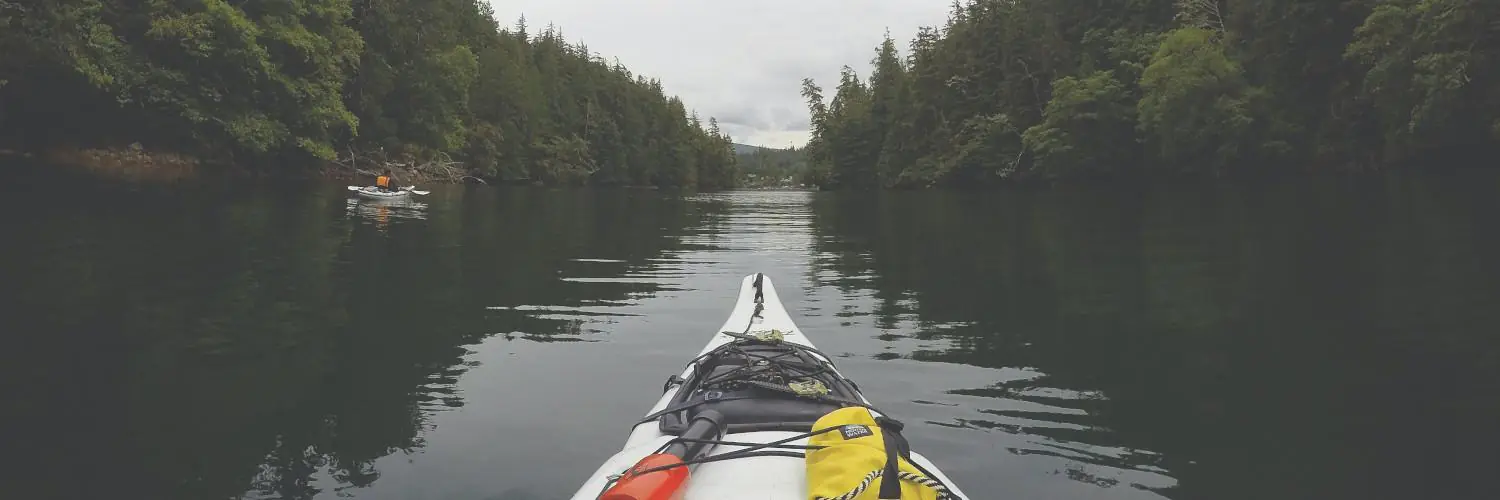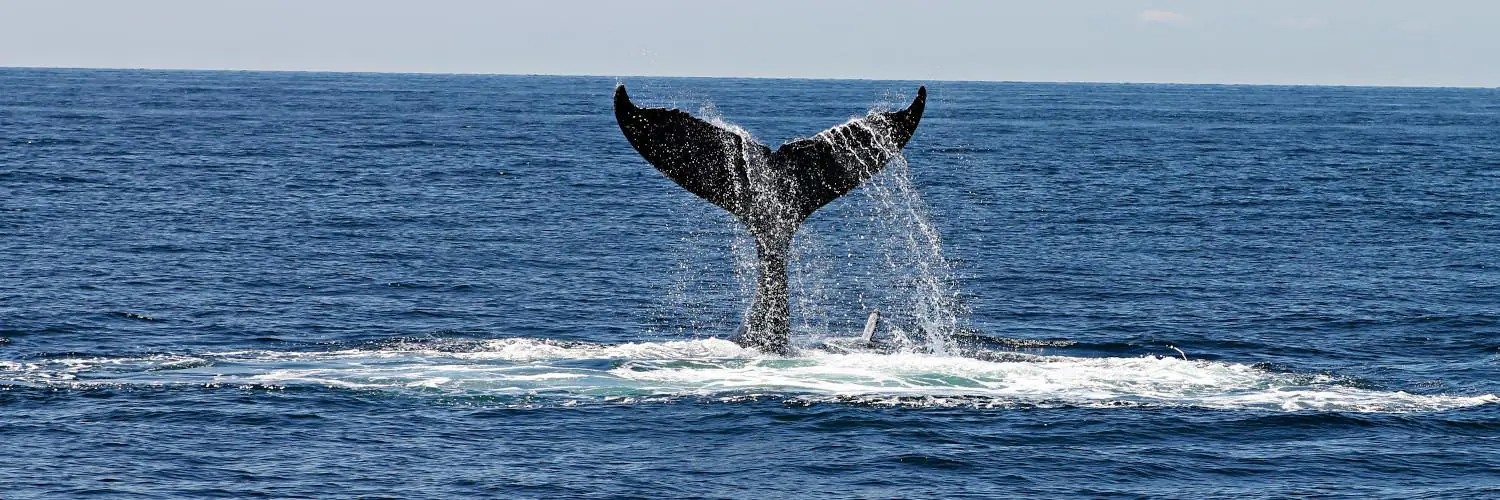Table of Contents
Snorkeling Between Tectonic Plates in Iceland: A Unique Underwater Adventure
Snorkeling in Iceland offers an experience quite unlike any other: the chance to glide through the crystal-clear waters of Silfra, a fissure created by the drifting apart of the North American and Eurasian tectonic plates. This remarkable underwater ravine, located in the Thingvellir National Park, not only provides a visual feast with its stunning subaquatic vistas but also the bragging rights of having swum between two continents. Visibility in Silfra often surpasses 100 meters, thanks to the glacial meltwater that is filtered through underground lava for up to a century before it emerges in the fissure.
The water in Silfra maintains a consistent temperature between 2°C and 4°C throughout the year, ensuring that snorkelers are required to wear dry suits regardless of the season. These suits act as a barrier against the cold, allowing adventurers to comfortably explore the wonders of the fissure. The underwater landscape is characterized by deep blues, greens, and a range of aquatic flora and fauna that cling to the fissure’s rocky walls.
The geological significance of Silfra adds to the allure of snorkeling here, as visitors are literally immersed in a dynamic environment where the earth is in a constant state of change. The continual shifting of the tectonic plates means that Silfra is a living testament to our planet’s ever-evolving nature. Each visit to this underwater marvel promises a unique encounter with the natural world, set against the backdrop of one of Iceland’s most historic and geologically significant locations.
Exploring Silfra: The Basics
Snorkeling in Silfra offers a unique opportunity to glide between two continental plates in the clear waters of Þingvallavatn Lake, located in Iceland’s Þingvellir National Park.
Understanding Silfra and Its Location
Silfra, a stunning fissure in Iceland, lies within Þingvellir National Park, a UNESCO World Heritage Site. This remarkable separation is found where the Eurasian and North American tectonic plates meet, inviting snorkelers into its icy embrace less than an hour’s drive from Reykjavik.
Best Time to Snorkel in Silfra
While Silfra beckons adventurers year-round, the best visibility underwater is during the winter months. Nonetheless, the summer offers warmer conditions, both in air temperature and water, albeit at 2 to 4 degrees Celsius (35-39°F), which is relatively cold.
Preparation and Safety Measures
Safety and comfort are crucial for the Silfra snorkeling experience. Visitors must wear dry suits and thermal underwear. It’s vital to follow the accompanying guide’s instructions and not underestimate the cold water temperature, despite Silfra’s allure.
The Geology of Snorkeling Between Continents
The Silfra fissure, a result of grating continental plates, reveals Iceland’s dynamic geology. Snorkelers literally float between two continents, witnessing firsthand the interplay of lava rock and crystal-clear water in this ever-widening rift.
Navigating the Snorkeling Tour Options
When choosing a Silfra snorkeling tour, options range from large groups to more personalized, intimate experiences. Regardless, it’s essential to ensure that the chosen tour has knowledgeable guides and provides all necessary safety equipment.
What to Expect During the Snorkeling Experience
The water in Silfra is renowned for its clarity, offering visibility exceeding 100 meters. Snorkelers should expect a gentle current and an astonishing view filled with vibrant algae and the unique underwater topography formed by ancient lava flows.
Environmental Considerations and Conservation
As part of a UNESCO World Heritage Site, Silfra is a protected area. Snorkelers must adhere to environmental guidelines to preserve its pristine condition. This includes minimizing contact with the fissure’s walls and avoiding the introduction of contaminants.
Getting There: Logistics and Planning
When planning your snorkeling adventure in Iceland’s Thingvellir National Park, it’s critical to consider how you’ll get to the park, the gear you’ll need, the variety of tour options available, and other activities you can enjoy in the vicinity of Silfra.
Transportation to Thingvellir National Park
Thingvellir National Park lies less than an hour’s drive from Reykjavik—a focal point of the famed Golden Circle route. Visitors have the option of driving themselves, where a parking fee may be applicable, or opting for a tour that includes pick-up service from a meeting point in Reykjavik. For those who choose to self-drive, renting a vehicle gives the freedom to explore other Golden Circle attractions at one’s own pace.
Essential Snorkeling Gear and Apparel
The right gear is paramount for the unique experience of snorkeling at Silfra. All necessary gear, including a dry suit, flippers, and a hat, can typically be provided by the tour operators. A drysuit is essential to stay warm in the frigid waters, which average around 2°C. Participants must ensure they meet the drysuit size requirements which are enforced for safety.
Tour Packages and Itineraries
Tour operators offer diverse packages, including the Silfra Snorkeling Tour which generally spans about three hours. For those combining the experience with sightseeing, a Golden Circle self-drive combo tour allows one to explore at a leisurely pace, while some might prefer the hot and cold snorkeling and spa tour for a day of adventure and relaxation. Prices and duration vary, but tours can approximate $150.
Additional Activities Near Silfra
Beyond the underwater marvels of Silfra, Thingvellir National Park offers ample activities. One can spend the day hiking, photographing the stunning vistas, or learn about the park’s geological significance and historical relevance. To make the most of a day trip, visitors can also engage in activities offered along the Golden Circle, such as visiting geysers or enjoying a geothermal spa.
The Snorkeling Experience
Snorkeling in Iceland’s Silfra Fissure offers a rare opportunity to explore a clear, cold aquatic world between two continental plates. Equipped with dry suits and possibly thermal underwear for warmth, snorkelers can experience unparalleled underwater visibility.
Entering the Silfra Fissure
As snorkelers suit up, their anticipation builds. They don heavy-duty dry suits, equipped to handle the distinctly cold glacial water. These suits also require snorkelers to wear thermal underwear for extra insulation. The entry into the Silfra Fissure is often conducted in small, guided groups to ensure safety and allow for personalized attention.
Key Spots within the Silfra Fissure
Silfra Hall, Silfra Cathedral, and Silfra Lagoon are some of the notable features within the fissure. Silfra Hall is a wide, open space with a rocky bottom, while Silfra Cathedral is renowned for its depth and length, allowing snorkelers to experience a breathtaking underwater corridor. The Silfra Lagoon provides a calming and serene conclusion to the journey, with lighter currents.
The Unique Sensation of Snorkeling in Glacial Water
The sensation of floating in pure, glacial water is truly unique. The water’s near-freezing temperatures are tempered by the insulation of the dry suit, yet the cold can still be felt, especially on the snorkeler’s face, the only exposed part of the body.
Photography and Underwater Visibility
Silfra boasts extraordinary underwater visibility, often exceeding 100 meters. Photographers will find the clarity of the water ideal for capturing stunning underwater photos. While a standard camera can be used, many prefer a waterproof GoPro for its durability and ease of use. The Big Crack is a particularly photogenic spot, where the continental plates are close enough to touch, offering a dramatic backdrop for photos.
Post-Snorkeling: Reflecting on the Experience
After emerging from the clear, cold waters that course between the North American and European tectonic plates, snorkelers often find themselves filled with a mix of exhilaration and reflection. It’s a unique moment to ponder the natural beauty and once-in-a-lifetime experiences they’ve just encountered.
Warming Up with Local Delicacies
As they peel off their wetsuits, the first priority is to reclaim warmth. They often seek comfort in traditional Icelandic hot chocolate, known for its richness and ability to restore body heat. Some may opt for a hot meal, punctuated by the staple flavors of Iceland, enjoying local delicacies that provide a hearty end to a physically demanding adventure.
Sharing the Adventure: Photos and Stories
The conversation soon turns to the retelling of individual experiences, embellished with photos and underwater pictures. These images serve as visual stories capturing moments of serene clarity beneath the surface—snapshots where the plates’ vastness is vividly framed. They faithfully share their adventure in English, the lingua franca for many travelers, allowing them to exchange impressions and memories with a diverse group of fellow snorkelers.
Reviewing Environmental Impact and Learning
Awareness of the environmental impact of their endeavors leads them to reflect on sustainability and conservation of this pristine underwater world. They consider the balance of ecological preservation with the joy of human exploration. Discussions often touch on the practices to ensure minimal disruption of the unique geological site, affirming the snorkelers’ commitment to sustainable tourism and respect for natural wonders.
Through this triad of post-snorkeling activities, they wrap up an experience that extends far beyond the immersive moments spent in the icy fissure. These snorkelers carry with them not just souvenirs, like a t-shirt, but also a renewed appreciation for the delicate relationship humans have with Earth’s natural marvels.
Practical Information for Travelers
For those planning to snorkel between the tectonic plates in Iceland, it’s essential to take note of various practical aspects such as accommodation, local culture, health precautions, and weather conditions. Here is a concise guide to help travelers prepare.
Accommodation and Amenities in the Area
Thingvellir National Park, the location of the Silfra fissure, is situated about 40 minutes from Reykjavik. Travelers can find a range of accommodation options in Reykjavik, from hotels to hostels and guest houses. Close to the park, there are fewer amenities, but lodges and camping sites are available for those wishing to stay near the site.
- Hotels: Varied options in Reykjavik
- Guesthouses: Available closer to the park
- Camping: Seasonal facilities near Thingvellir
Local Customs and Etiquette
In Iceland, respecting nature and local customs is paramount. Travelers should follow designated paths and heed any instructions from their guides, especially given the area can become crowded. It’s recommended to greet locals with a polite “hello” or “góðan daginn” in Icelandic, ensuring cordial interactions.
- Nature: Stay on paths; leave no trace
- Greetings: Use simple Icelandic greetings
Health and Insurance Tips for Cold Water Activities
Snorkeling in the cold waters of Silfra requires proper equipment and a reasonable level of physical health. Travelers should ensure that their health insurance covers cold water activities. Wearing contact lenses instead of glasses is advisable when using a snorkel mask. Travellers should discuss any pertinent health conditions with their tour operator beforehand.
- Equipment: Provided on-site
- Insurance: Check for activity coverage
- Contact Lenses: Preferable to glasses
Understanding Icelandic Weather Patterns
The weather in Iceland can change quickly and is often cold, which affects activities in and around water. Checking the forecast before heading to Thingvellir National Park can help travelers prepare adequately. Safety should always be the priority, and guided tours will provide comprehensive safety briefings regarding the current weather conditions.
- Temperature: Expect cold conditions
- Forecasts: Monitor and prepare accordingly
- Safety: Follow lead of guided tours
Conclusion: The Significance of Snorkeling in Silfra
Snorkeling in Silfra presents an unparalleled experience as it affords enthusiasts the rare opportunity to glide between two continental plates. Silfra, nestled in the heart of Thingvellir National Park in Iceland, marks the boundary where the North American and European tectonic plates are gradually drifting apart.
The significance of snorkeling in Silfra extends beyond its geological marvels. Visitors are afforded a visceral connection to the natural world, observing the raw beauty of Earth’s forces at play. The clarity of the glacial water in Silfra is a testament to Iceland’s unique ecosystems and supports a visibility that often exceeds 100 meters, fostering an unrivaled underwater viewing experience.
-
Geological Significance:
- Unique rift between two continents
- Visibly witnessing the divide between North America and Europe
-
Environmental Significance:
- Crystal-clear glacial waters
- Sustainably managed site within a national park
Participants often describe the experience as surreal, floating effortlessly between massive plates that shape the planet’s landscapes. This sensation, coupled with the pristine water environment of Silfra, underscores the importance of conservation efforts and the respect for natural habitats.
Snorkeling in Silfra not only provides a thrilling adventure but also serves as a poignant reminder of Earth’s dynamic changes. It captures the essence of exploration and discovery within a fragile and enchanting underwater realm between two continents.








